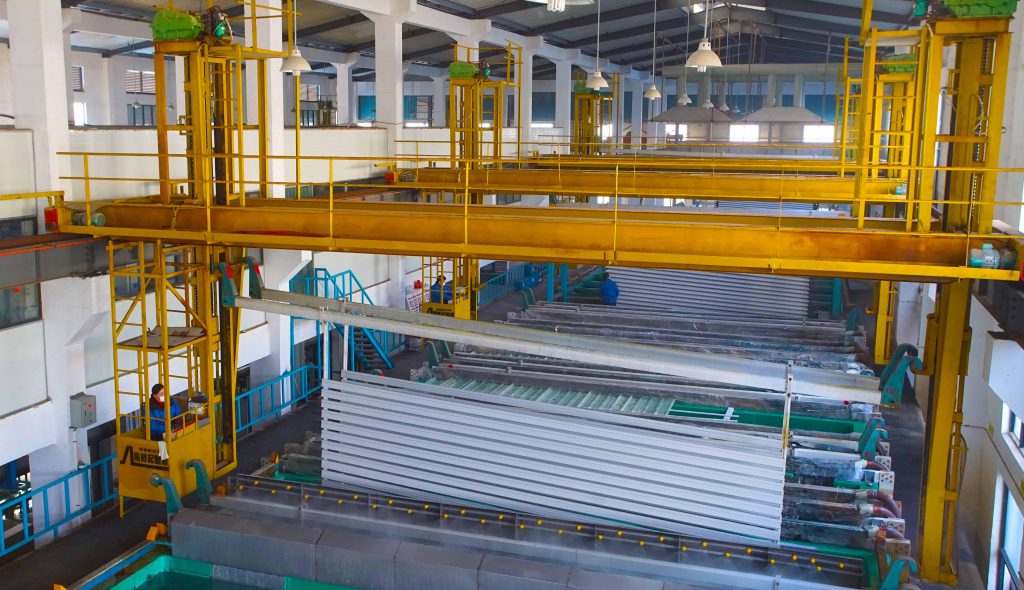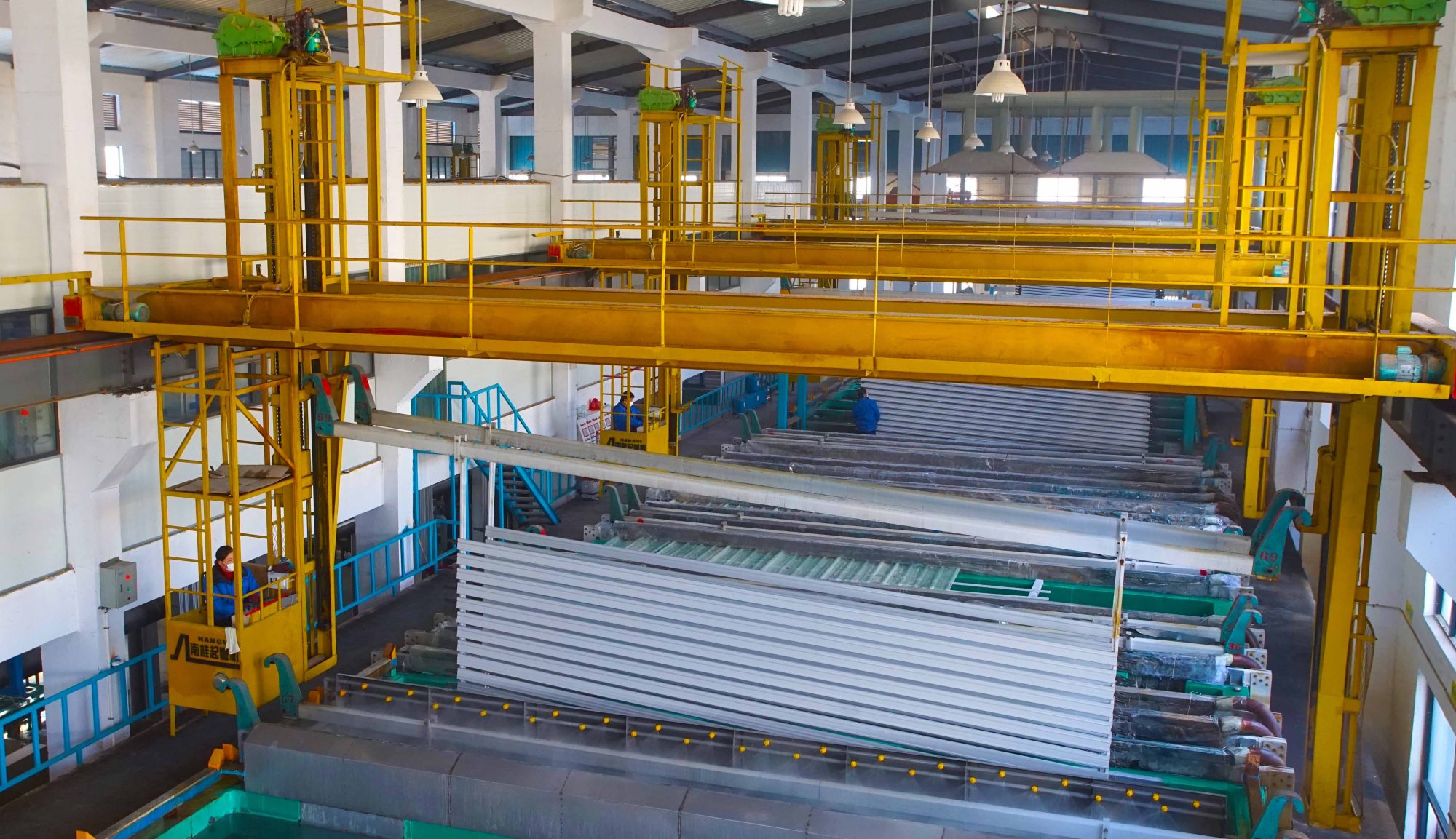Introduction
In the ever-fluctuating world of commodities, aluminum prices have recently marked a notable increase of 0.57%, settling at 201.45. This rise is significant, not just for those directly involved in the aluminum market, but also as a broader indicator of economic health and industrial demand. However, beneath the surface, the market presents a mixed picture, influenced by inventory levels and macroeconomic indicators.
The Current State of Aluminum Prices
The recent uplift in aluminum prices can largely be attributed to a pronounced decline in domestic social inventories of aluminum ingots, which have seen a 24.6% year-on-year reduction. This is the lowest level observed in the past six years for the same period, signaling a tight supply that naturally bolsters prices.
Inventory Insights and Market Implications
While the significant drop in domestic inventories suggests a constrained supply, an opposing trend is observed in Shanghai Futures Exchange-monitored warehouses, where inventories have risen by 10.1% from the previous week. This dichotomy presents a complex scenario for market analysts, indicating varied pressures on aluminum pricing and availability.
External Factors Influencing Market Sentiment
Market sentiment around aluminum is currently being shaped by external factors, notably the challenges within China’s property sector, including a high-profile liquidation petition against the developer Country Garden. Yet, this negative sentiment is balanced by positive manufacturing data from the Caixin/S&P Global survey, which points to robust factory activity, suggesting underlying economic strength that could support continued demand for aluminum.
Technical Analysis and Market Predictions
Technical analysis reveals a trend of short covering in the aluminum market, as evidenced by a 3.83% drop in open interest alongside a price increase. This trend indicates a cautious optimism among traders. The identified support level at 199.8 and resistance at 202.7 provide markers for potential future price movements, hinting at the market’s direction in the short term.
The Broader Economic Picture
The dynamics within the aluminum market reflect broader economic trends, particularly in the manufacturing sector. Aluminum’s role as a fundamental industrial material means its demand and pricing are closely tied to global economic health. Thus, the current market trends offer insights not only into the metal’s supply and demand but also into the state of international trade and manufacturing.
Conclusion
Aluminum prices and market dynamics offer a window into the broader economic landscape, influenced by a complex interplay of supply constraints, industrial demand, and macroeconomic indicators. As we navigate these turbulent waters, understanding these factors becomes crucial for predicting future market movements and making informed decisions.

